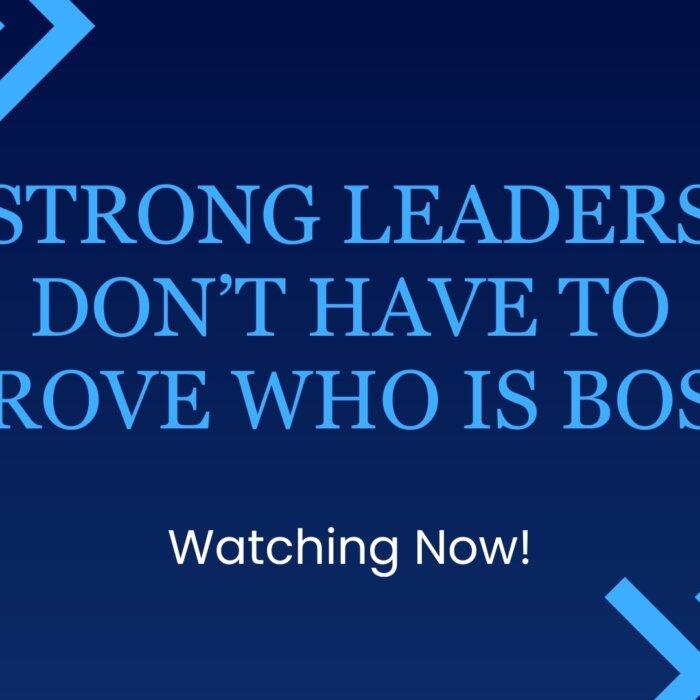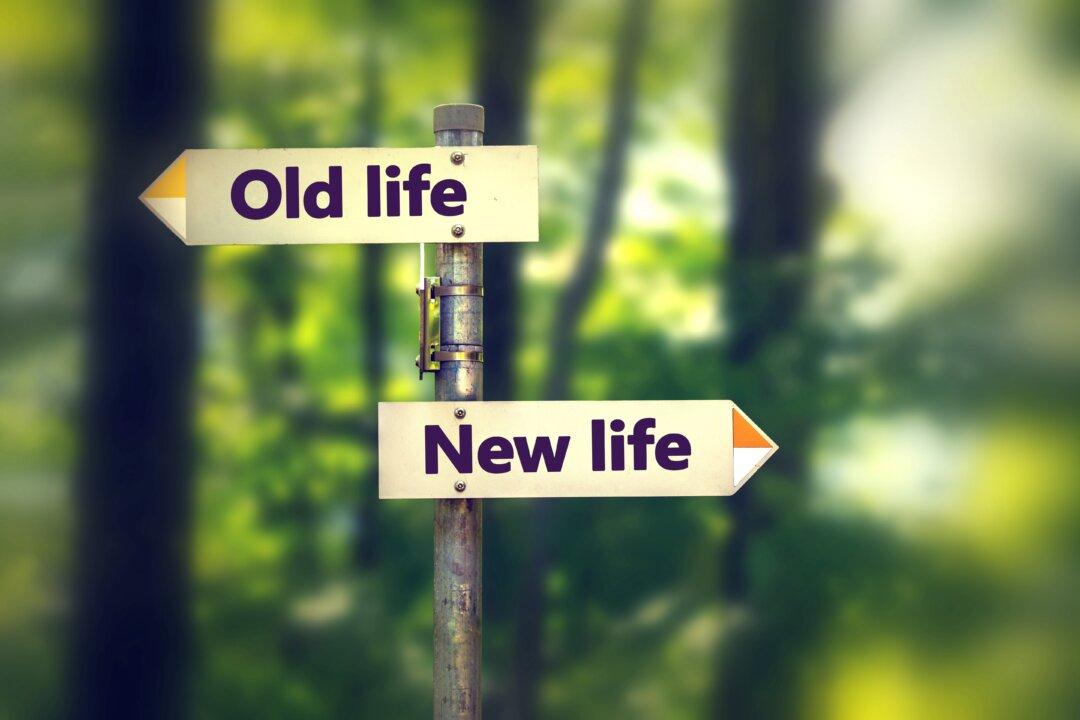One key to effective leadership is to know when to stay calm and when to get excited.
Staying calm is more about your inner peace and demeanor. If you’ve prepared, studied the situation thoughtfully, and done your work, calm is a natural result. Even though the outcome isn’t guaranteed, you have the assurance you’ve done all you can.
Staying calm also creates confidence for your team, both in your abilities as well as their own. The ability to be calm means you trust them to meet whatever challenges as successfully as possible. A leader who doesn’t stay calm suggests that their anxiety means they aren’t confident, competent, or in control of the situation.
Stay calm when faced with a threat.
Stay calm when others are losing their cool.
Stay calm when you want to communicate you understand the situation and the next steps to take.
It pays to get excited about things that matter. It is difficult to lead if you have a monotone personality. If you bring the same emotion (or lack of it) to everything, nobody ever really knows that is important to you.
Of course excited isn’t the same as worked up. The latter suggests someone who is upset rather than just passionate (and sure, there are times when we ought to be upset, but they are far fewer than the times we actually are).
Get excited when you want to share positive energy.
Get excited when the outcome is critical and everyone on your team needs to focus.
Get excited when you appreciate the good job a colleague has done.
Stay calm in challenging times and get excited when it matters. Knowing when to do which is a nuance of good leadership.









